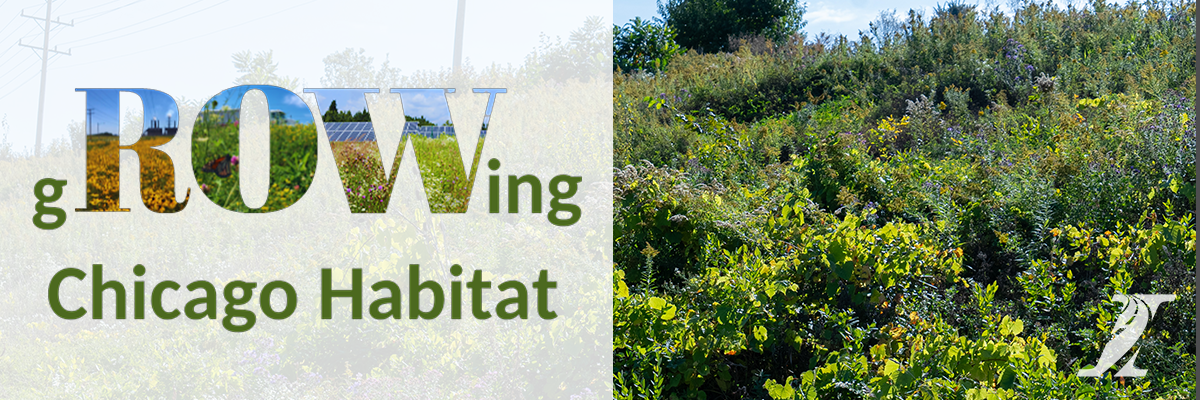Illinois Tollway and gROWing Chicago Habitat Working Group Committed To Creating Pollinator-Friendly Habitats

As one of more than 200 organizations in the gROWing Chicago Habitat Working Group, the Illinois Tollway works in collaboration with a broad spectrum of private industry, government, non-profits and academia to support wildlife habitat throughout the region.
“Being part of a gROWing Chicago Habitat gives us the chance to share best practices and strategies to get the most of the Tollway’s investments in green infrastructure.” said Illinois Tollway Executive Director Cassaundra Rouse. “As part of our commitment to environmental responsibility, the Illinois Tollway looks for ways to use our rights-of-way and other lands to support habitat creation, conservation and restoration,”
Launched in 2015 by the Energy Resources Center at the University of Illinois at Chicago, gROWing Chicago Habitat brings together transportation agencies, utility companies and environmental organizations to work together on finding ways to establish and connect valuable habitat resources for a variety of species that live or pass through the Chicago region, including support for vulnerable pollinators species such as the Monarch butterfly that are vital to a healthy and thriving ecosystem.
The gROWing Chicago Habitat Working Group recently came together at Tollway headquarters in Downers Grove to discuss strategic funding opportunities available to conservation organizations, as well as challenges faced by different organizations and ways members could help one another to achieve shared goals on habitat initiatives.
The gathering also provides a forum for members to showcase success stories. As part of a panel discussion, representatives from the Chicago Wilderness Alliance, Save the Dunes, the Forest Preserve District of Will County and ComEd outlined what success means for their organizations and broader habitat outcomes.
A success highlighted for the group is a new interactive mapping tool to identify and prioritize habitat efforts throughout the Chicago region, focusing on lands owned by transportation agencies including the Illinois Tollway, Illinois Department of Transportation and Chicago Department of Transportation and utility companies such as ComEd and Nicor.
Identifying the vast network of electric transmission lines, pipelines, railroads, highways and local streets, the prioritization tool shows opportunities to connect wildlife habitats and green spaces in the Chicago area and into northwest Indiana. In total, this area includes about 23,000 acres of major rights-of-way that provide potential opportunities to connect habitats.
Illinois Tollway environmental efforts include efforts to use roadside right-of-way as habitat for pollinators as part of a broader Landscape Master Plan for the Tollway system. These habitats provide shelter, food and breeding grounds to ensure the survival of the Monarch and other pollinators at all stages of life, from larvae to caterpillar to full-grown adult.
To date, the Tollway has created nearly 1,230 acres of pollinator habitat across its 294-mile system – which, at nearly 2 square miles, is about the size of Chicago’s central business district bordered by the Chicago River to the north and west, Lake Michigan to the east and Roosevelt Road to the south.
